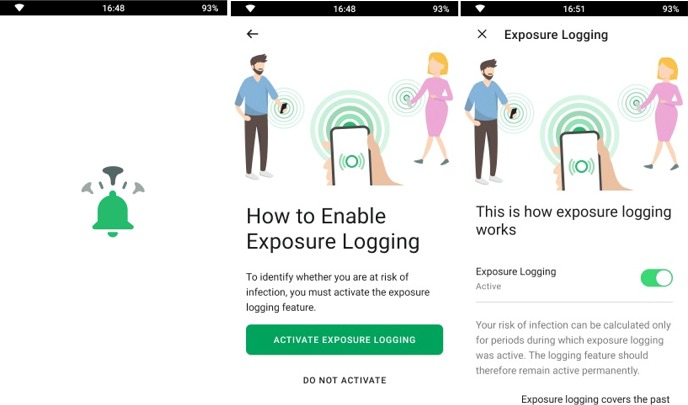Hi …
@frank.bxl,
@juri.gagarin,
my microG-upgrade-method from yesterday I cannot verify today. I have tried three /e/ OS 9-pie ROM.
Only the NanoDroid method works on the Galaxy S5 ‘klte’ with the current build e-0.12-p-2020093076095-dev-klte just like here with the build e-0.11-p.
.




Belgian Coronalert App works on different Android phones, but as other /e/ users have noticed, ‘NanoDroid method’ doesn’t work with the /e/ OS FP3.